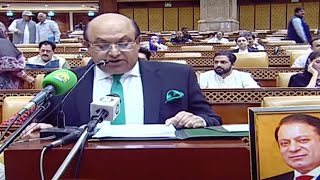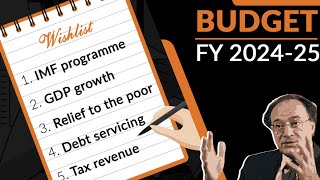The Ministry of Petroleum and Natural Resources has failed to initiate any research on exploring shale gas reservoirs in the country, which according to rough estimates stand at 51 trillion cubic feet per day (TCF).
Shale gas offers an alternative source of energy and represents unconventional gas reserves which are in addition to the remaining conventional proven gas reserves of over 30 trillion cubic feet.
According to senior officials of the Petroleum Ministry familiar with the developments and policies, the government in January 2012 approved a new exploration policy with improved incentives as compared to the 2009 policy.
"We are still working on the shale gas policy and want to attract local as well as foreign investment. To encourage investment in developing domestic shale gas, Pakistan will allow higher price of gas and other incentives to national as well as international investors," he added.
Even offering higher prices for shale and tight gas to the exploration companies, it is estimated that Pakistan would pay a maximum of dollars 6.5/Btu for gas compared with dollars 11/mmbtu for imported gas from Iran and dollars 13/mmbtu from Turkmenistan and dollars 18/mmbtu of Liquefied Natural Gas (LNG).
Pakistan Petroleum has invited fresh bids to auction licences to explore and develop several blocks in Dera Ismail Khan in KPK, and Badin, Naushero Firoz and Jungshahi districts in Sindh, with huge shale and tight gas reservoirs.
Pakistan's current gas demand is met entirely through domestic production which at present stands at 4,200 billion cubic feet (BCF) per day. The level has been stagnant for the last few years as new gas field discoveries have been scarce and the cost of exploration keeps rising rapidly owing to the added burden of security.
To meet the shortfall the government is focused on imported gas options including Iran-Pakistan (IP), Turkmenistan-Afghanistan-Pakistan-India (Tapi) pipeline projects and import of LNG.
Pakistan's entire economy is heavily dependent on natural gas as feedstock for industries such as fertiliser, fibre and plastics. It is important to pursue shale gas fields' development under reasonably tight environmental regulations to minimise risks to the ground water resources.
Giving salient features of the expected shale gas policy, the source said: "Exploration and Production (E&P) companies will be offered 40-50 percent higher prices for the extracted gas compared with the dollars 4.26/mmbtu price announced in Exploration and Production Policy 2009. Companies which succeed in recovering gas from tight fields within two years would get 50 percent hike over the 2009 price and, if it takes more time, they will get only 40 percent hike on the 2009 price. As an added incentive, the leases for the fields will now be for 40 years, instead of 30 in the 2009 policy".
During the last decade, demand for natural gas in the country has increased by almost 10 percent annually, reaching around 3,200 mmcfd in 2008, against total production of 3,774 mmcfd. But, in 2009, demand for natural gas exceeded the available supply, with production of 4,528 Mmcfd against demand for 4,731 mmcfd, indicating a shortfall of 203 mmcfd, which at present has crossed to 2,300 BCF. According to the Ministry officials increasing gap in gas demand and supply can be attributed to conversion of vehicles on CNG and diversion of natural gas to the power sector. Pakistan is the leading country with 3.5 million CNG converted vehicles, which consumes about 400 mmcfd gas. According to Petroleum Ministry officials, the gas supply-demand gap is expected to grow every year and would cripple the economy by 2025-26, when gas shortage would reach 11.092 Bcf.
BR100
7,977
Increased By
398.8 (5.26%)
BR30
25,602
Increased By
1383.8 (5.71%)
KSE100
76,208
Increased By
3410.7 (4.69%)
KSE30
24,438
Increased By
1225 (5.28%)




















Comments
Comments are closed.